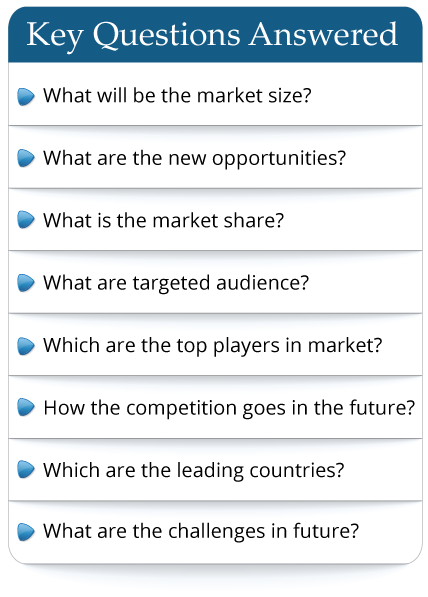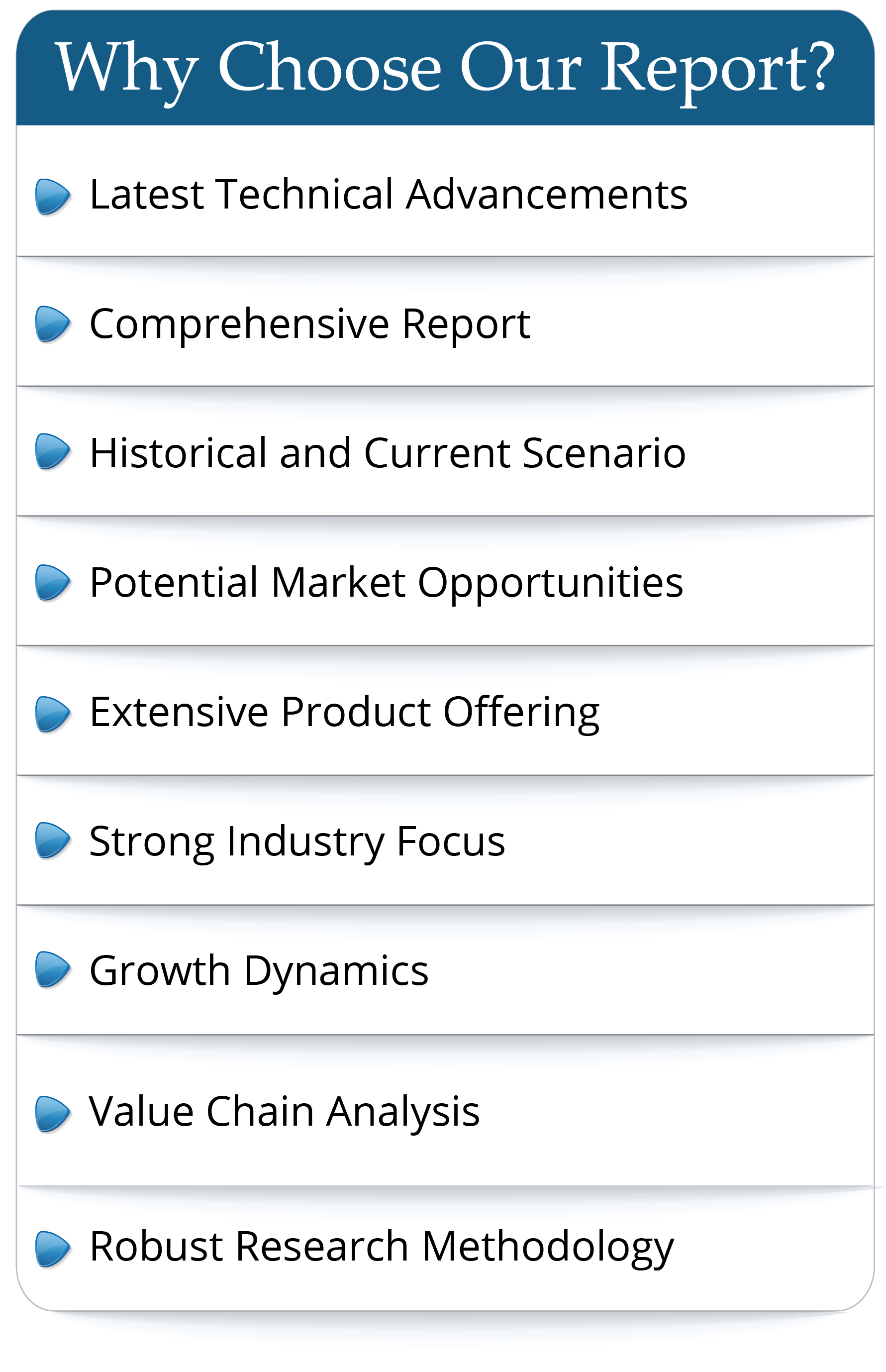Global SaaS-based CRM Software Market size was valued at USD 1570.93 Million in 2023 and is expected to reach USD 3533.32 Million in 2032, growing at a CAGR of 9.42% from 2023 to 2032.
This global SaaS-based CRM Software market research report provides a comprehensive overview by conducting both qualitative and quantitative analysis of the market, sharing concrete numbers and thorough insights from different market segments. The quantitative analysis includes both historical and forecast data of various market segments, while the qualitative analysis of market dynamics including growth drivers, challenges, constraints, etc. provides in-depth insight into the market situation and prospects.
Besides, the study maps the leading as well as the fastest-growing regional markets. It further enables stakeholders to identify the key country-level markets within each region.
As a crucial part of the SaaS-based CRM Software market, we provide competitive landscape analysis which incorporates the market ranking of the major players, along with new service/product launches, business expansions, acquisitions, and performance in the past five years. That allows stakeholders to understand their competitive environment and provides insight into the current positions of key players in the market.
The readers of this report will understand how the SaaS-based CRM Software market status has changed across the globe under the Russia-Ukraine War and inflation.
Key players in the global SaaS-based CRM Software market are covered in Chapter 4 and Chapter 8:
Oracle
CallShaper
Member365
Initiative
Naranga
Odoo
Eudonet
GreenRope
Sellsy
Zendesk
Infoflo
Buzzee CRM
Planning Pod
Five9
vtenext
Hubspot
Efficy
Salesforce
INES CRM
4Degrees
noCRM.io
Everwin
FastBiz
Oryanoo
IBM
Koban
Microsoft
SAP
Agile CRM
Nutshell CRM
SugarCRM
BoondManager
Zoho
GRC Contact
Infocob Solutions
In Chapter 6 and Chapter 9.1, on the basis of types, the SaaS-based CRM Software market from 2019 to 2032 is primarily split into:
Cloud-based
On-premises
In Chapter 7 and Chapter 9.2, on the basis of End Users, the SaaS-based CRM Software market from 2019 to 2032 covers:
SME
Large Enterprise
Geographically, the detailed analysis of consumption, revenue, market share and growth rate, historical and forecast (2019-2032) of the following regions are covered in Chapter 5 and Chapter 10:
North America
United States
Canada
Europe
Germany
France
United Kingdom
Spain
Russia
Poland
Others
Asia-Pacific
China
Japan
South Korea
Southeast Asia
India
Australia
Others
Latin America
Mexico
Brazil
Others
Middle East and Africa
GCC
South Africa
Others
Outline:
This report consists of 11 chapters. Below is a brief guideline to help you quickly grasp the main contents of each chapter:
Chapter 1 mainly defines the market scope and introduces the SaaS-based CRM Software industry, with an executive summary of different market segments (by type, end user, region, etc.), and general regulatory environment analysis.
Chapter 2 is the analysis of the whole market industry chain, covering key raw materials and suppliers, business mode and production process, cost structure analysis, and alternative product, also providing information on major distributors, and downstream customers.
Chapter 3 provides a qualitative analysis of the market dynamics, including market drivers, constraints and challenges, emerging market trends, PESTEL analysis, consumer insights, and the impact of the Russia and Ukraine war.
Chapter 4 analyzes the current competitive situation of the market by providing data regarding the players, including their revenue and sales volume with corresponding market shares, and prices. In addition, information about market concentration rates, key product launch news, mergers & acquisitions, expansion plans will also be covered.
Chapter 5 focuses on the regional market, presenting detailed historical data (i.e. sales volume, revenue) of the most representative regions and countries in the world.
Chapters 6-7 analyze the historical market sales volume, revenue, share, and price by breaking data on the basis of different product types, as well as the downstream end-user market, with the aim of helping readers understand the market more deeply.
Chapter 8 shares a profile of the key players in the market, together with their corporation information, product portfolio and specification, market performance (i.e. sales volume, price, revenue, gross margin), business and markets served, recent developments/updates, etc.
Chapters 9-10 provide an analysis of the development trends over the next few years in terms of product type, end-users, major regions and countries.
Chapter 11 concludes with an explanation of the data sources and research methods. Analysis and verification are conducted through preliminary research to obtain final quantitative and qualitative data.
2023
This global SaaS-based CRM Software market research report provides a comprehensive overview by conducting both qualitative and quantitative analysis of the market, sharing concrete numbers and thorough insights from different market segments. The quantitative analysis includes both historical and forecast data of various market segments, while the qualitative analysis of market dynamics including growth drivers, challenges, constraints, etc. provides in-depth insight into the market situation and prospects.
Besides, the study maps the leading as well as the fastest-growing regional markets. It further enables stakeholders to identify the key country-level markets within each region.
As a crucial part of the SaaS-based CRM Software market, we provide competitive landscape analysis which incorporates the market ranking of the major players, along with new service/product launches, business expansions, acquisitions, and performance in the past five years. That allows stakeholders to understand their competitive environment and provides insight into the current positions of key players in the market.
The readers of this report will understand how the SaaS-based CRM Software market status has changed across the globe under the Russia-Ukraine War and inflation.
Key players in the global SaaS-based CRM Software market are covered in Chapter 4 and Chapter 8:
Oracle
CallShaper
Member365
Initiative
Naranga
Odoo
Eudonet
GreenRope
Sellsy
Zendesk
Infoflo
Buzzee CRM
Planning Pod
Five9
vtenext
Hubspot
Efficy
Salesforce
INES CRM
4Degrees
noCRM.io
Everwin
FastBiz
Oryanoo
IBM
Koban
Microsoft
SAP
Agile CRM
Nutshell CRM
SugarCRM
BoondManager
Zoho
GRC Contact
Infocob Solutions
In Chapter 6 and Chapter 9.1, on the basis of types, the SaaS-based CRM Software market from 2019 to 2032 is primarily split into:
Cloud-based
On-premises
In Chapter 7 and Chapter 9.2, on the basis of End Users, the SaaS-based CRM Software market from 2019 to 2032 covers:
SME
Large Enterprise
Geographically, the detailed analysis of consumption, revenue, market share and growth rate, historical and forecast (2019-2032) of the following regions are covered in Chapter 5 and Chapter 10:
North America
United States
Canada
Europe
Germany
France
United Kingdom
Spain
Russia
Poland
Others
Asia-Pacific
China
Japan
South Korea
Southeast Asia
India
Australia
Others
Latin America
Mexico
Brazil
Others
Middle East and Africa
GCC
South Africa
Others
Outline:
This report consists of 11 chapters. Below is a brief guideline to help you quickly grasp the main contents of each chapter:
Chapter 1 mainly defines the market scope and introduces the SaaS-based CRM Software industry, with an executive summary of different market segments (by type, end user, region, etc.), and general regulatory environment analysis.
Chapter 2 is the analysis of the whole market industry chain, covering key raw materials and suppliers, business mode and production process, cost structure analysis, and alternative product, also providing information on major distributors, and downstream customers.
Chapter 3 provides a qualitative analysis of the market dynamics, including market drivers, constraints and challenges, emerging market trends, PESTEL analysis, consumer insights, and the impact of the Russia and Ukraine war.
Chapter 4 analyzes the current competitive situation of the market by providing data regarding the players, including their revenue and sales volume with corresponding market shares, and prices. In addition, information about market concentration rates, key product launch news, mergers & acquisitions, expansion plans will also be covered.
Chapter 5 focuses on the regional market, presenting detailed historical data (i.e. sales volume, revenue) of the most representative regions and countries in the world.
Chapters 6-7 analyze the historical market sales volume, revenue, share, and price by breaking data on the basis of different product types, as well as the downstream end-user market, with the aim of helping readers understand the market more deeply.
Chapter 8 shares a profile of the key players in the market, together with their corporation information, product portfolio and specification, market performance (i.e. sales volume, price, revenue, gross margin), business and markets served, recent developments/updates, etc.
Chapters 9-10 provide an analysis of the development trends over the next few years in terms of product type, end-users, major regions and countries.
Chapter 11 concludes with an explanation of the data sources and research methods. Analysis and verification are conducted through preliminary research to obtain final quantitative and qualitative data.
Years considered for this report:
Historical Years:
2019-2023Base Year:
2023Estimated Year:
2024Forecast Period:
2024-2032Frequently Asked Questions
This market study covers the global and regional market with an
in-depth analysis of the
overall growth prospects...
- By product type
- By End User/Applications
- By Technology
- By Region
The report provides a detailed evaluation of the market by
highlighting information on
different aspects including drivers, restraints...

 Pre-order Enquiry
Pre-order Enquiry Download Free Sample
Download Free Sample












